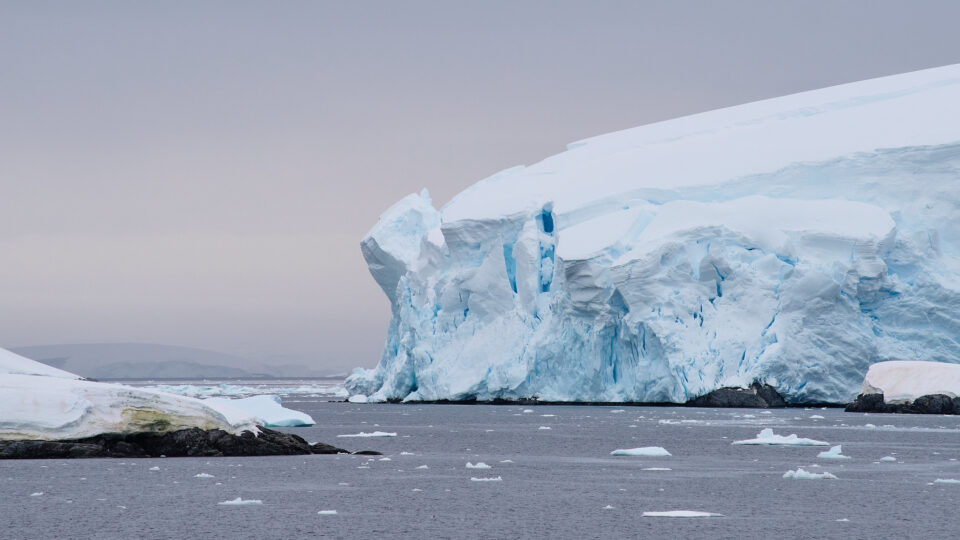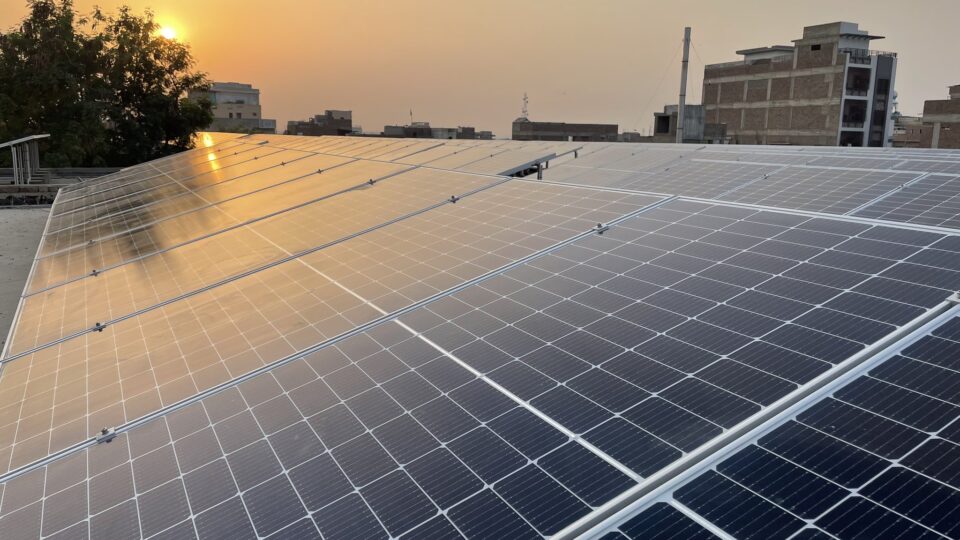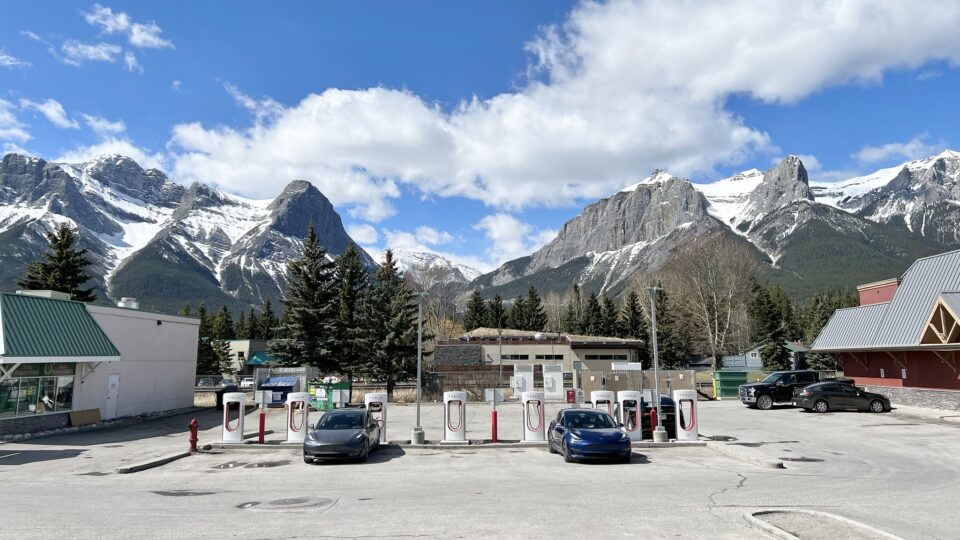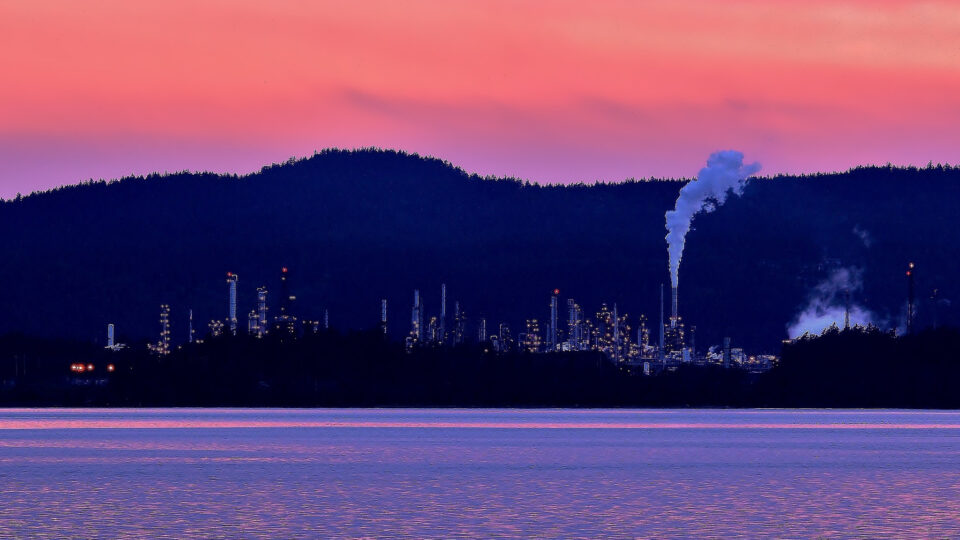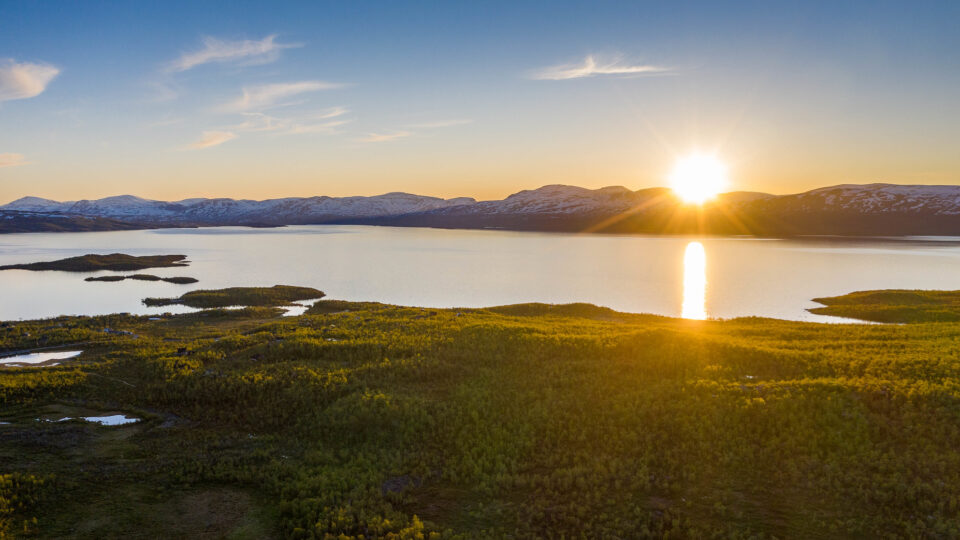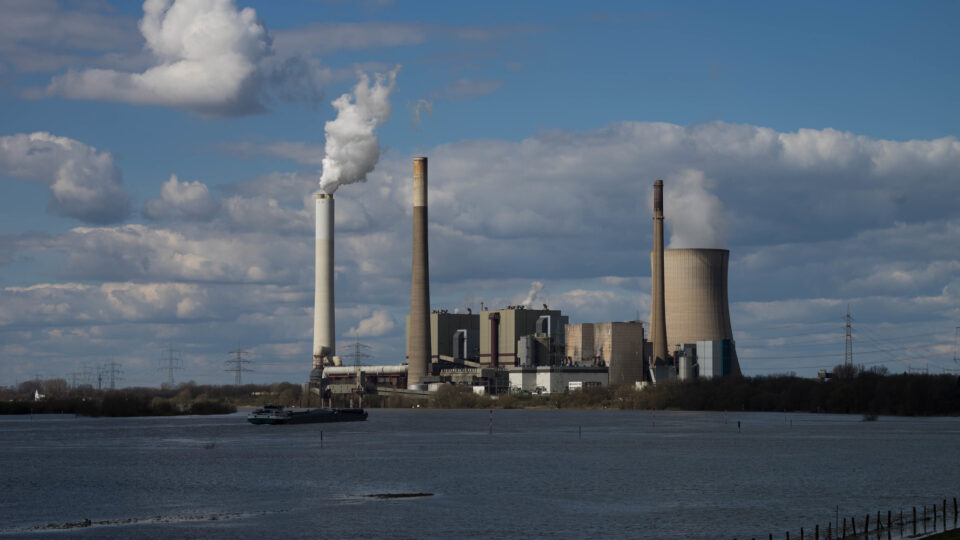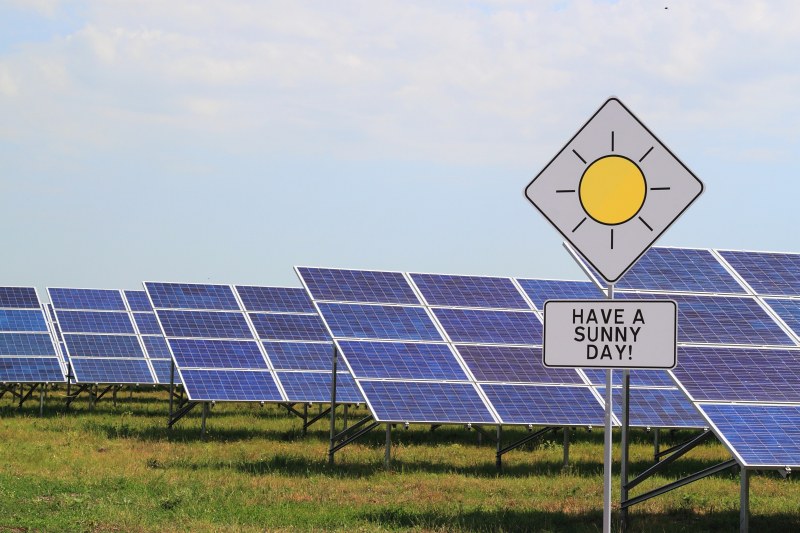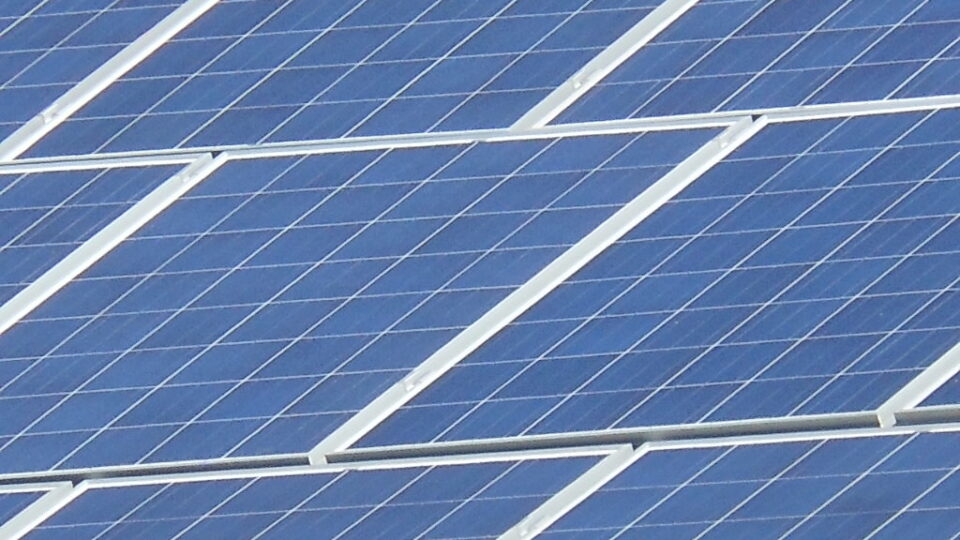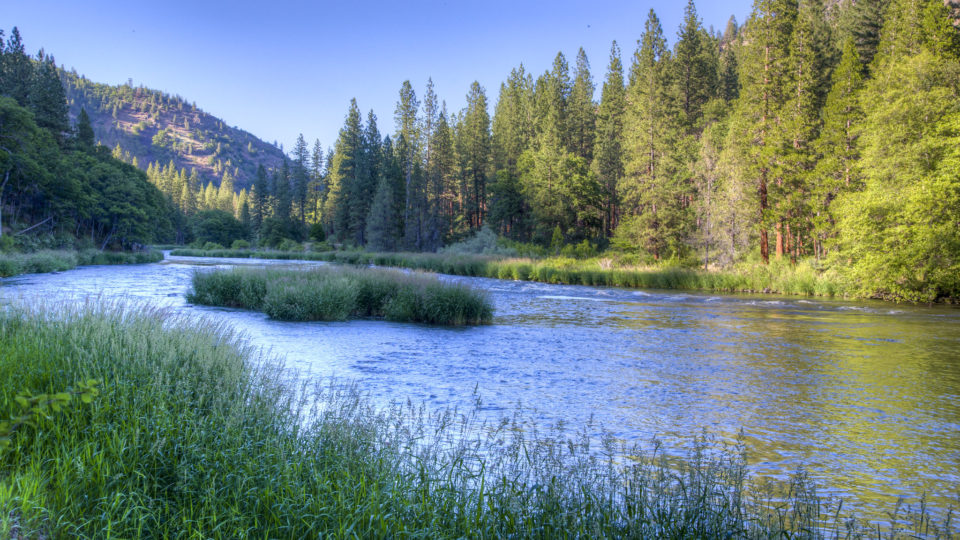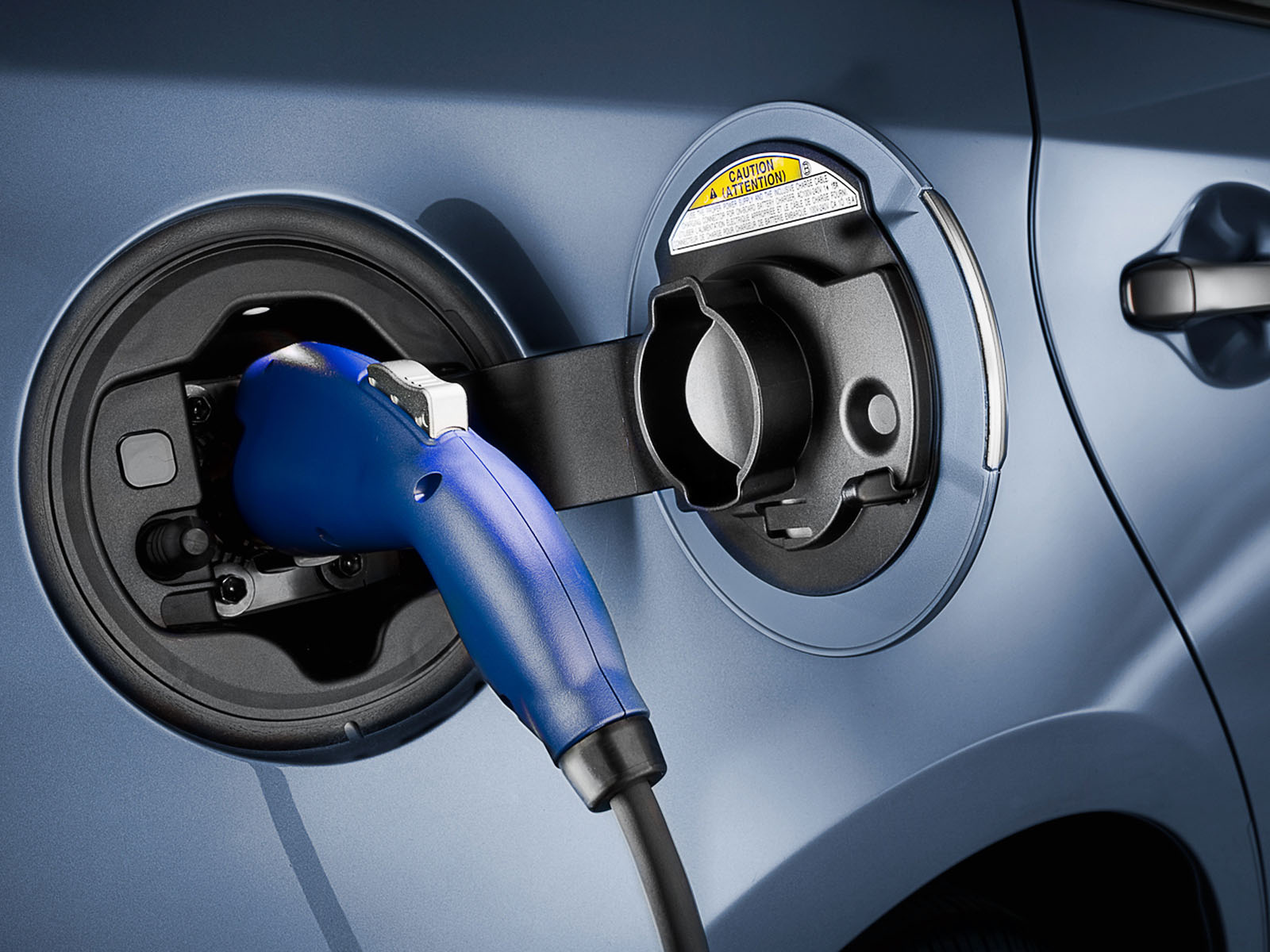Glaciers are sensitive indicators of climate change that respond to changes in both temperature and precipitation. But they are not only affected by climate change, they also affect climate change. As glaciers melt, they contribute to sea level rise, alter regional hydrology, and influence the global energy balance.
A group of glacier experts from the University of Innsbruck in Austria introduced a concept called “Glacier Loss Day” or GLD as a way to measure the annual mass balance of glaciers. Mass balance is the difference between the amount of snow and ice that accumulates on a glacier and the amount that melts or sublimates. If the mass balance is positive, the glacier is growing. If the mass balance is negative, the glacier is shrinking.
GLD is the day during the year when the glacier has lost all the mass it gained during previous winter. This is a similar concept to Earth Overshoot Day, which marks the date when humankind’s demand for ecological resources exceeds the amount the planet can regenerate during the year.
The Hintereisferner, a glacier in the Tyrolean Alps, has been monitored for more than 100 years and there are continuous records of its mass balance since 1952. In 2022, the GLD on the Hintereisferner was measured on the 23rd of June. In the two previous years, it was reached in the middle of August. Even in years with large negative balances, such as 2003 and 2018, GLD did not occur until the end of July.
Every summer in the future may not be like 2022, but the trend is clear. Climate change is taking its toll on glaciers. Experts project that the Hintereisferner will lose half of its volume in the next 10 to 20 years.
**********
Web Links
Glacier Loss Day indicates record breaking glacier melt
Photo, posted July 20, 2023, courtesy of Pedro Szekely via Flickr.
Earth Wise is a production of WAMC Northeast Public Radio
